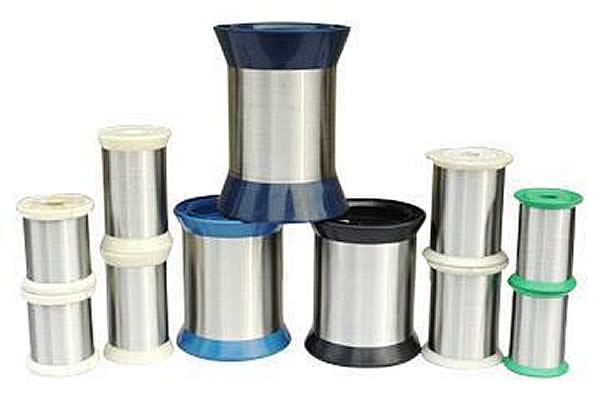 TEL:
+86-13102802206
TEL:
+86-13102802206
 Email:
fencenetting@china.com
Email:
fencenetting@china.com
 Language
Language
 TEL:
+86-13102802206
TEL:
+86-13102802206
 Email:
fencenetting@china.com
Email:
fencenetting@china.com
 Language
Language


The Rise of Temporary Panels A Versatile Solution for Modern Spaces
In recent years, the use of temporary panels has gained significant traction across various industries. These versatile structures serve a multitude of purposes, from construction sites to event management, offering flexibility and convenience that traditional methods often lack. Temporary panels can be customized to meet specific needs, making them an ideal choice for businesses and individuals alike.
The Rise of Temporary Panels A Versatile Solution for Modern Spaces
Beyond construction, temporary panels play a crucial role in event management. Whether it’s a festival, trade show, or corporate gathering, these panels can create designated spaces for booths, stages, and VIP areas. Event organizers appreciate the ease of setup and take-down, as well as the ability to create a visually cohesive environment that enhances the overall experience for attendees. Customizing the design of temporary panels—by incorporating branding, graphics, or unique finishes—allows companies to make a lasting impression.

The use of temporary panels extends into the realm of interior design as well. Homeowners and decorators are increasingly utilizing these structures to create flexible living spaces. For example, temporary room dividers can provide privacy in open-concept homes, allowing families to adapt their living areas according to their needs. With a range of materials available, from fabric to wood, these panels can complement various design aesthetics, making them a stylish choice for any home.
Moreover, the sustainability of temporary panels cannot be overlooked. Many manufacturers are now producing eco-friendly options made from recycled materials, reducing waste and environmental impact. This shift towards sustainability aligns with the growing consumer demand for environmentally responsible products, making temporary panels a smart choice for the conscientious buyer.
In conclusion, temporary panels have emerged as a versatile and practical solution for a variety of applications, from construction and events to interior design. Their adaptability, ease of use, and potential for customization make them an invaluable resource in modern society. As we continue to seek innovative ways to maximize space and enhance functionality, the role of temporary panels will undoubtedly expand, paving the way for a more flexible and dynamic approach to both our work and living environments.